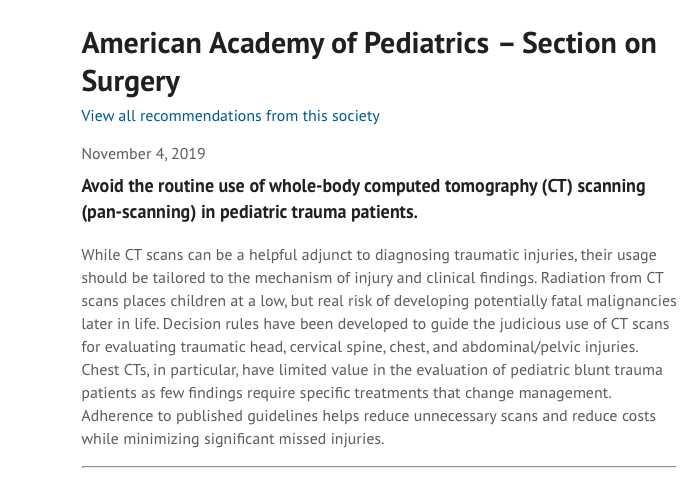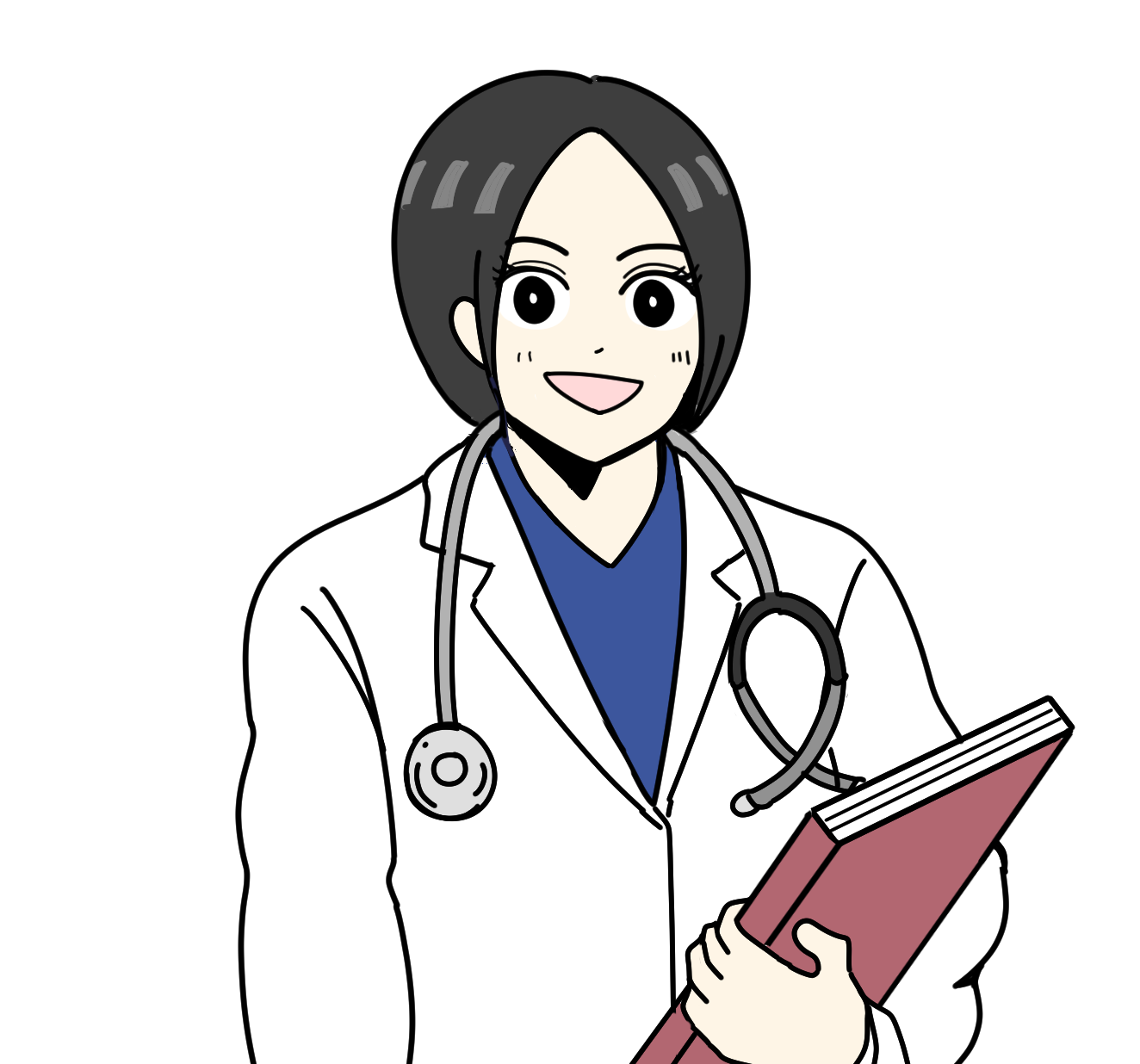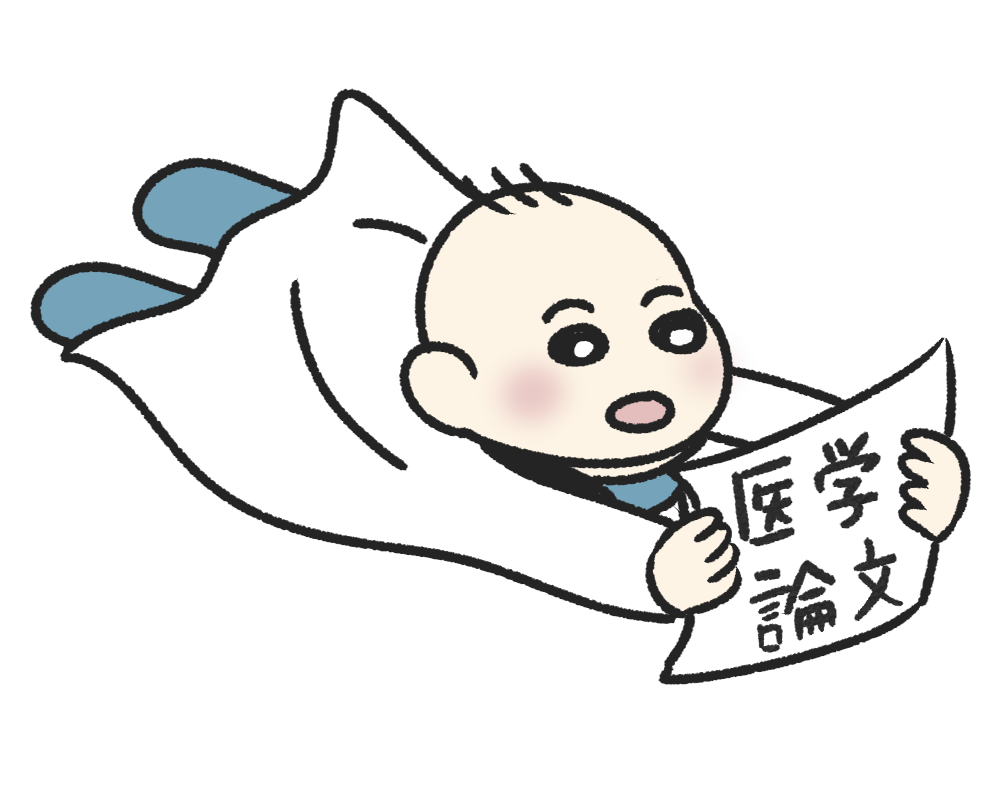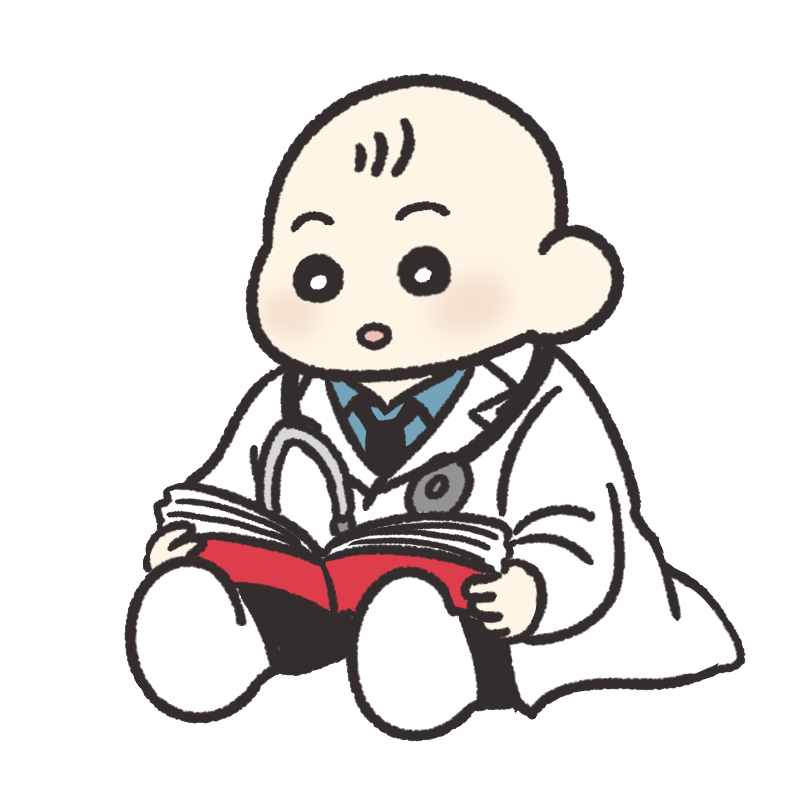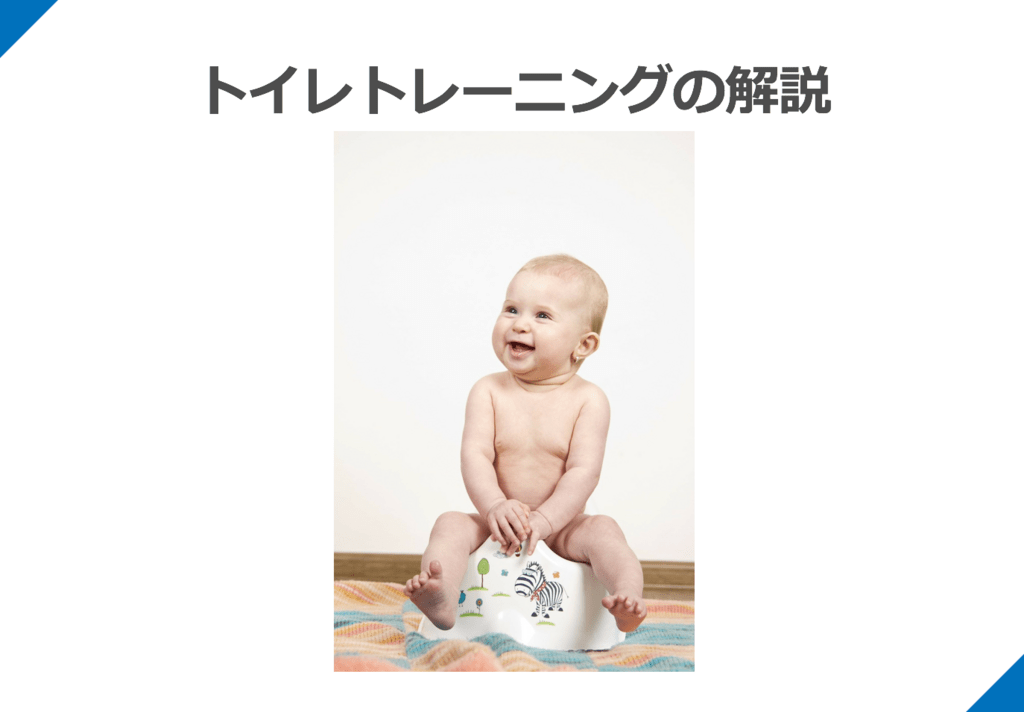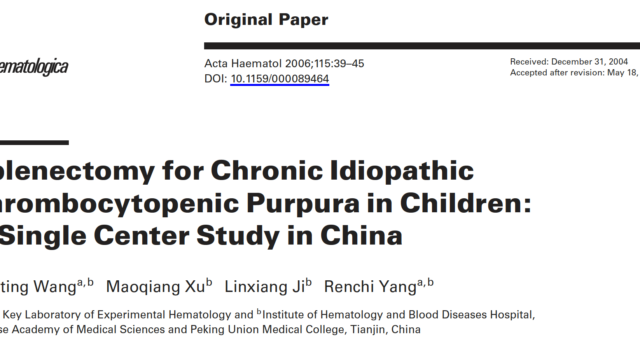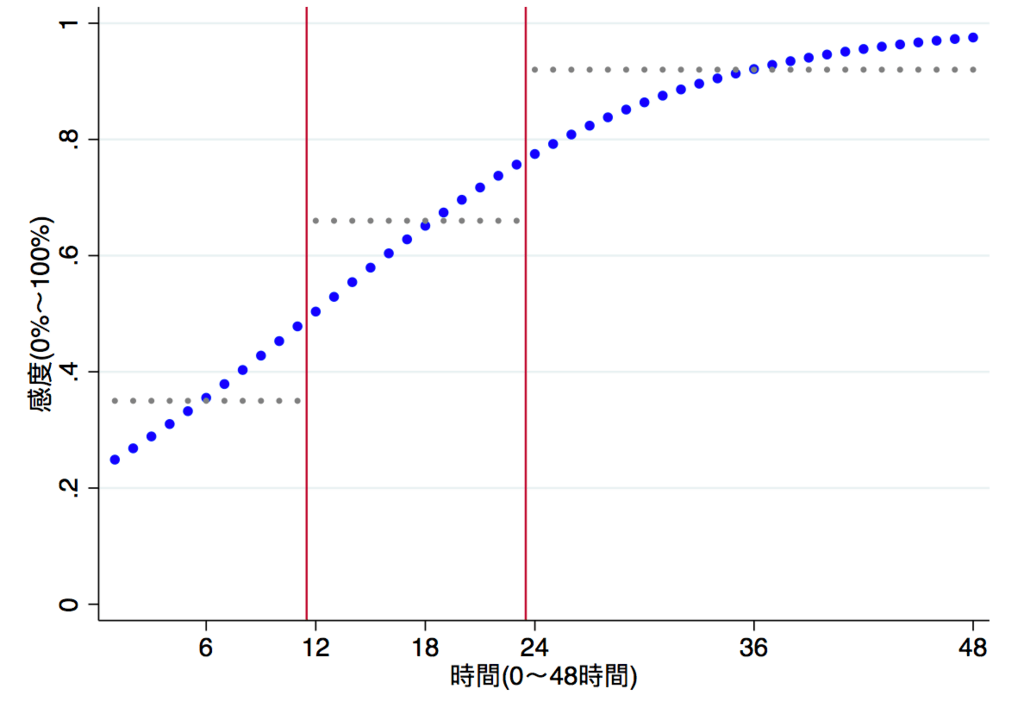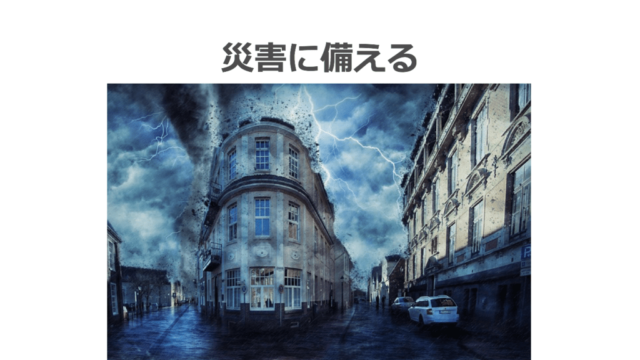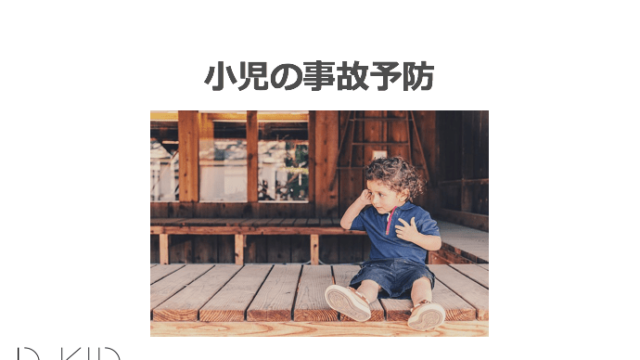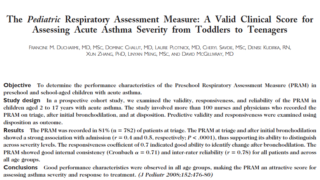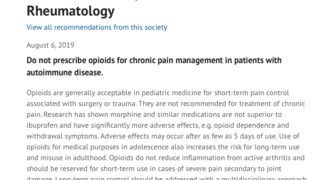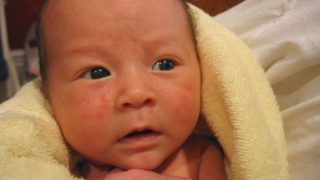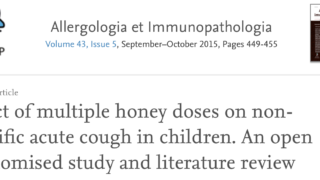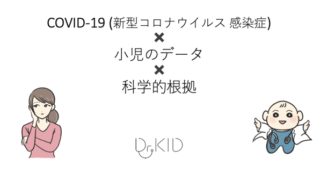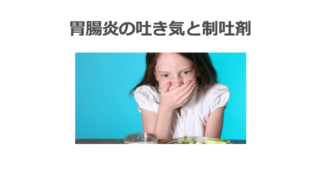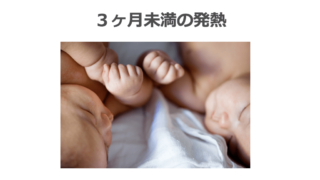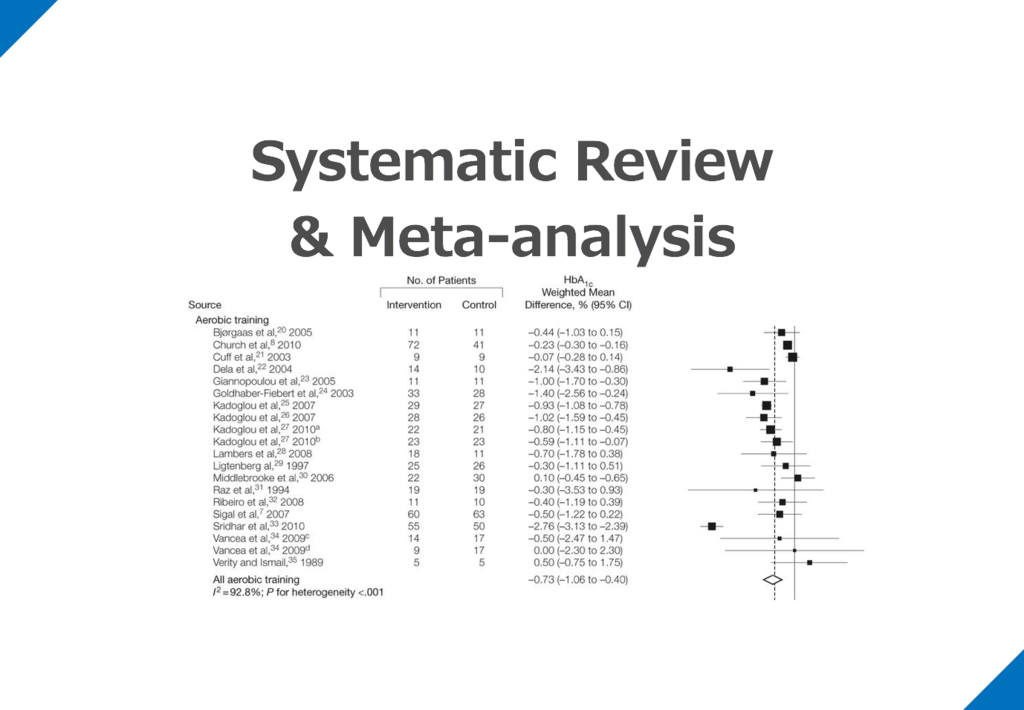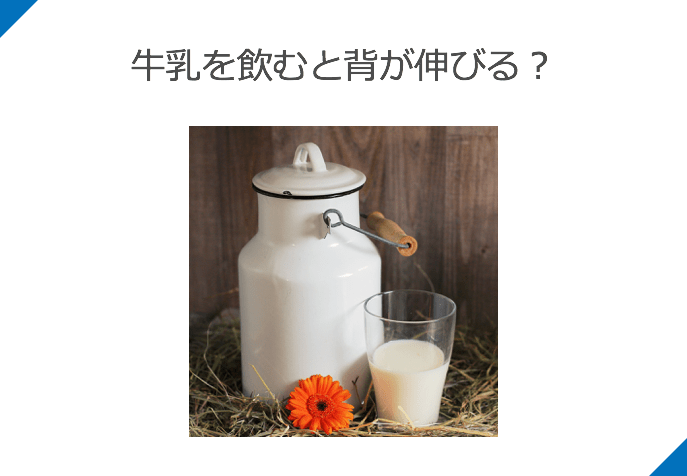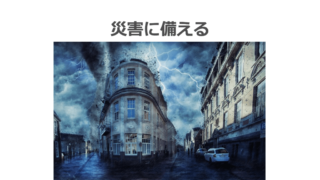今回は、小児の鈍的外傷におけるCT検査に関してです。
この推奨を「choosing wisely」ではどのように記載されているのか紹介してみようと思います。
- Choosing wisely:小児の鈍的外傷におけるCT検査
- ルーチンでは使用しない
American Academy of PediatricsからのChoosing Wisely
小児外傷患者に全身のCTスキャン(パンスキャン)をルーチンに使用するのは避ける[Choosing wisely]
Avoid the routine use of whole-body computed tomography (CT) scanning (pan-scanning) in pediatric trauma patients.
While CT scans can be a helpful adjunct to diagnosing traumatic injuries, their usage should be tailored to the mechanism of injury and clinical findings. Radiation from CT scans places children at a low, but real risk of developing potentially fatal malignancies later in life. Decision rules have been developed to guide the judicious use of CT scans for evaluating traumatic head, cervical spine, chest, and abdominal/pelvic injuries. Chest CTs, in particular, have limited value in the evaluation of pediatric blunt trauma patients as few findings require specific treatments that change management. Adherence to published guidelines helps reduce unnecessary scans and reduce costs while minimizing significant missed injuries.
小児外傷患者に全身のCTスキャン(パンスキャン)をルーチンに使用することは避ける。
CTスキャンは外傷の診断に役立つが、その使用は外傷のメカニズムと臨床所見に合わせるべきである。CTスキャンによる放射線は、子どもたちが後に致命的な悪性腫瘍に罹患する可能性を、低いながらも現実的なものにしています。
頭部、頸椎、胸部、腹部・骨盤の外傷を評価するために、CTスキャンを適切に使用するための判断基準が開発されている。
特に胸部CTは、小児の鈍的外傷患者の評価においては、管理を変更するような特定の治療を必要とする所見がほとんどないため、その価値は限られている。
公表されているガイドラインを遵守することで、不必要なスキャンを減らし、コストを削減しつつ、重大な見落としのある傷害を最小限に抑えることができる。
考察と感想
小児の鈍的外傷におけるCT検査に関してでした。
ルーチンな全身CTは行わないというのは、その通りだと思いました。放射線への被曝のリスクは以前より指摘されているのも1つでしょう。
あと、様々なdecision ruleも開発されており、有効活用したいところです。
参考文献も読んでみようと思います:
Brenner DJ, Hall EJ. Computed tomography – an increasing source of radiation exposure. N Engl J Med. 2007; 357:2277-2284.
Pearce MS, Salotti JA, et al. Radiation exposure from CT scans in childhood and subsequent risk of leukaemia and brain tumours: A retrospective cohort study.Lancet [Internet] 2012 Aug 4;380(9840):499–505.
Kuppermann N, Holmes JF et al. Pediatric Emergency Care Applied Research Network (PECARN). Identification of children at very low-risk of clinically-important brain injuries after head trauma: A prospective cohort study. Lancet [Internet]. 2009 Oct;374(9696):1160–1170.
Hoffman JR, Mower WR, et al. Validity of a set of clinical criteria to rule out injury to the cervical spine in patients with blunt trauma. National Emergency X-Radiography Utilization Study Group. N Engl J Med. 2000 Jul 13;343(2):94-99.
Leonard JC. Pediatr Clin North Am. 2013 Oct;60(5):1123-1137.
Stephens CQ, Boulos MC, et al. Limiting thoracic CT: a rule for use during initial pediatric trauma evaluation. J Pediatr Surg. 2017 Dec;52(12):2031-2037.
Streck CJ, Vogel AM, et al.; Pediatric Surgery Research Collaborative. Identifying children at very low risk for blunt intra-abdominal injury in whom CT of the abdomen can be avoided safely. J Am Coll Surg. 2017 Apr;224(4):449-458.
まとめ
今回は、小児の鈍的外傷におけるCT検査に関するchoosing wiselyをご紹介しました。
これ以外にも項目が出ているようなので、コツコツと読んでいこうと思います。
(2025/04/18 15:52:26時点 Amazon調べ-詳細)
Dr. KIDの執筆した書籍・Note
医学書:小児のかぜ薬のエビデンス
小児のかぜ薬のエビデンスについて、システマティックレビューとメタ解析の結果を中心に解説しています。
また、これらの文献の読み方・考え方についても「Lecture」として解説しました。
1冊で2度美味しい本です:
(2025/04/19 05:56:25時点 Amazon調べ-詳細)
小児の診療に関わる医療者に広く読んでいただければと思います。
医学書:小児の抗菌薬のエビデンス
こちらは、私が3年間かかわってきた小児の抗菌薬の適正使用を行なった研究から生まれた書籍です。
日本の小児において、現在の抗菌薬の使用状況の何が問題で、どのようなエビデンスを知れば、実際の診療に変化をもたらせるのかを、小児感染症のエキスパートの先生と一緒に議論しながら生まれた書籍です。
noteもやっています
当ブログの注意点について
当ブログは医療関係者・保護者の方々に、科学的根拠に基づいた医療情報をお届けするのをメインに行なっています。参考にする、勉強会の題材にするなど、個人的な利用や、閉ざされた環境で使用される分には構いません。
一方で、当ブログ記事を題材にして、運営者は寄稿を行なったり書籍の執筆をしています。このため運営者の許可なく、ブログ記事の盗用、剽窃、不適切な引用をしてメディア向けの資料(動画を含む)として使用したり、寄稿をしないようお願いします。
ブログの記載やアイデアを公的に利用されたい場合、お問い合わせ欄から運営者への連絡お願いします。ご協力よろしくお願いします。
